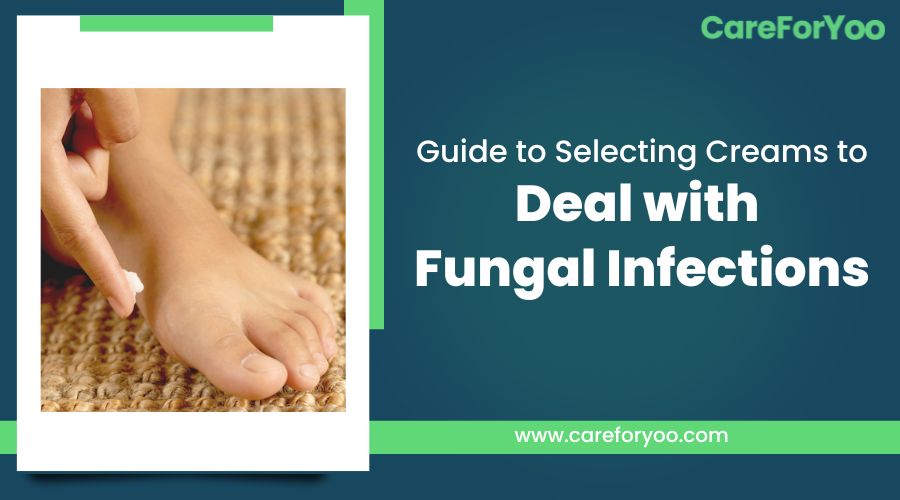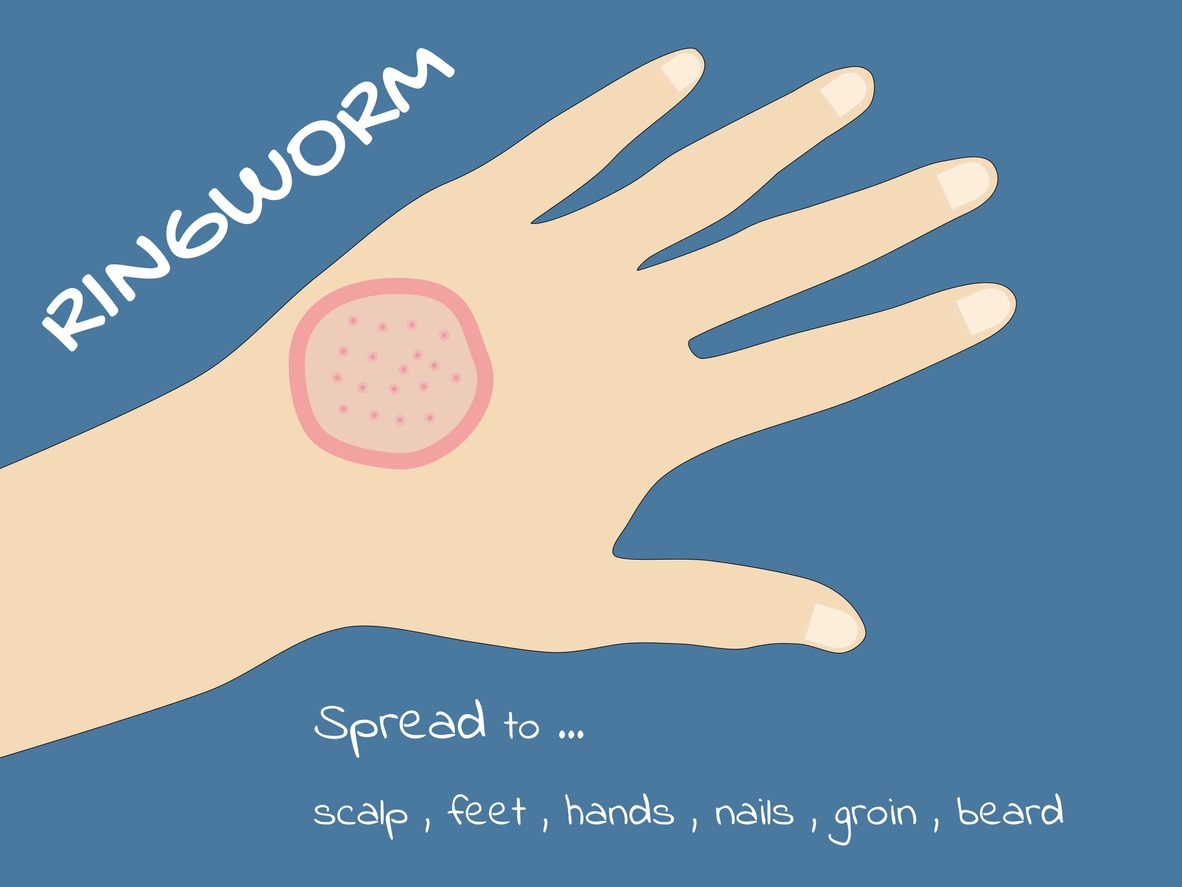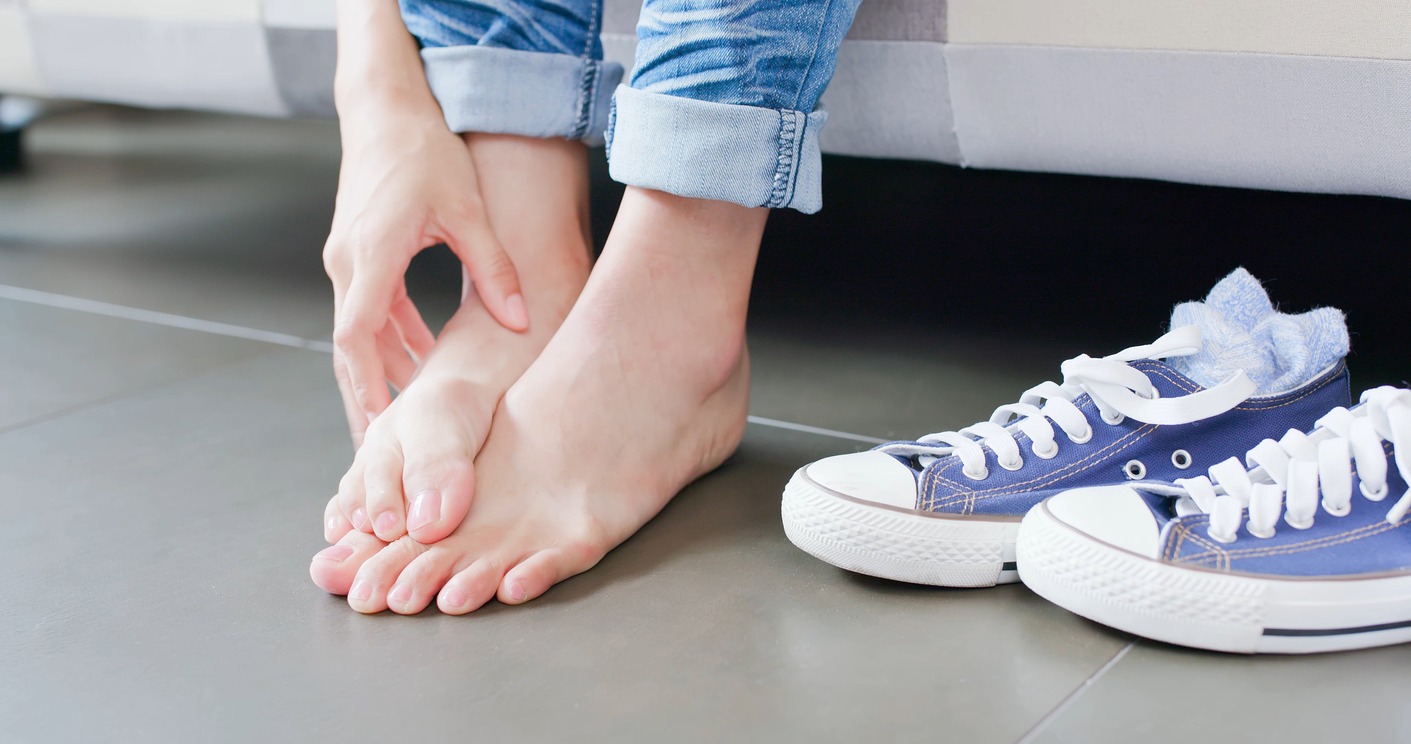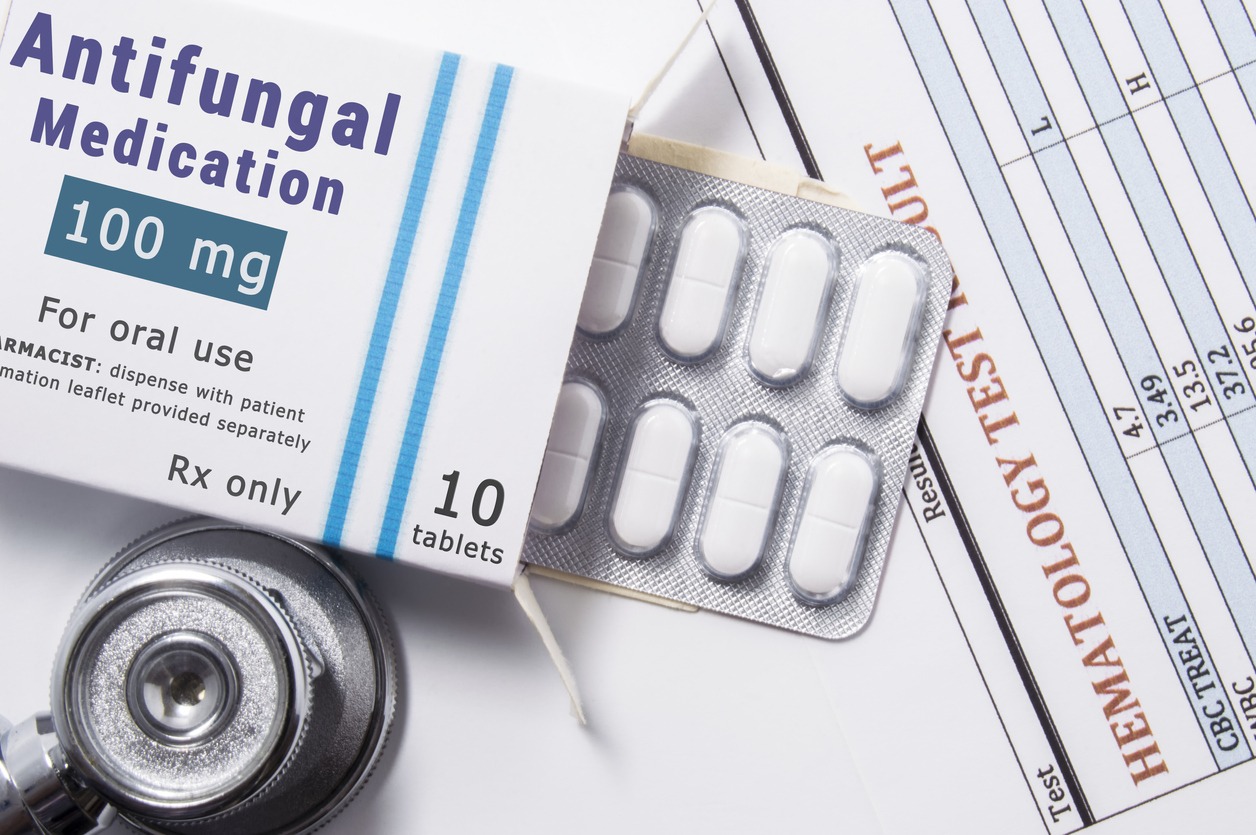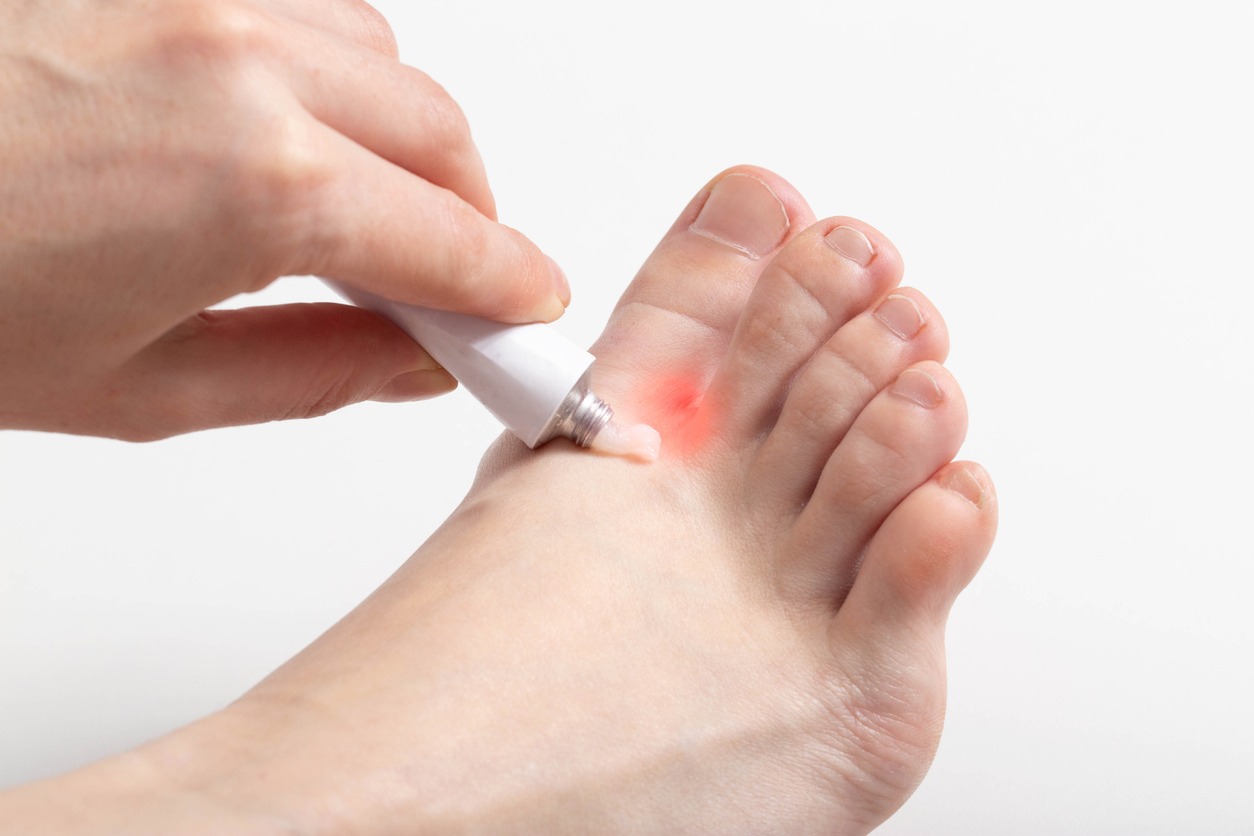Disclaimer: This article is for informational and educational purposes only and does not substitute professional medical advice. It is important to always consult a medical professional for any health issues.
There are more than a million species of fungi, but only about 300 of them can cause infections in humans. Fungus grows as yeasts, molds, or a combination of both, and they produce very tiny spores. These spores usually exist in soil, but they can also become airborne. There are several types of fungal infections that may affect the skin of people.
Acquiring fungal infection can be frustrating. However, you don’t have to worry because there are various treatments out there that you can utilize in order to treat fungal infections and prevent them. Among the many treatments available, one of the popular and effective ones is the use of creams. If you are dealing with fungal infections and in search of the best cream that you can use, we are here to help you. In this post, we are giving you a guide to selecting creams to deal with fungal infections.
What are Fungal Infections?
Tiny organisms that thrive in warm, moist environments are where fungal infections come from. There are a lot of different fungi, but most infections happen when the fungus enters the body through a break or cut in the skin. Aside from that, fungal infections may also occur in the mouth, lungs, and other organs. [1]
The signs and symptoms of fungal infections differ. It depends on the severity and location of the infection. But some of the most common symptoms include swelling, itching, discharge, redness, and pain. The type of treatment for fungal infections also varies depending on the kind and severity of the infection. It may include medication, surgery, and other treatments. [1]
It is also quite challenging to differentiate fungal infections from bacterial infections. But the main difference between them is that fungal infections do not make people sick. Instead, they cause rashes, anxiety, and sometimes hair loss. If fungal infections are left untreated, they may lead to more serious issues or permanent damage, such as feeling weak on a limb or losing a sense of smell. [1]
Different Types of Fungal Infections
There are many common fungal infections that can affect the skin. Below are some of them:
Ringworm of the Body
Ringworm is also referred to as tinea corporis. Many people think that it is caused by a worm due to its name, but it is caused by a fungus. It usually appears on the limbs and torso. Ringworm on various parts of the body can have different names. Some common examples are jock itch and athlete’s foot.
A ring-shaped rash with slightly raised edges is the main symptom of ringworm. The skin inside the circular rash appears healthy. Ringworm can spread, and it is usually itchy. It is among the most common fungal skin infections, and it is also highly contagious. But it is not a serious condition as it can be easily treated using antifungal cream. [2]
Athlete’s Foot
This is a fungal infection that affects the skin on the feet, usually between the toes. Its common symptoms include itching or a burning, stinging sensation between the toes or sometimes on the soles of the feet, cracked or blistered skin, or skin that appears red, scaly, dry, or flaky. There are times when the infection can spread to other parts of the body, such as the nails, groin, or hands. [2]
Jock Itch
This is a fungal skin infection that occurs in the area of the groin and thighs. It is commonly experienced by men and adolescent boys. The main symptom of a jock itch is an itchy rash that begins in the groin area or around the upper inner thighs.
This type of fungal infection might get worse after exercise or other physical activity, and it may even spread to the abdomen and buttocks. When the skin has a jock itch, it may appear cracked, flaky, or scaly. The outer border of the rash may also appear darker and raised. [2]
Ringworm of the Scalp
This is a type of fungal infection that affects the skin of the scalp and the associated hair shafts. It is mostly experienced by young children. Ringworm of the scalp needs to be treated using oral prescription medication and antifungal shampoo. Some of the symptoms of ringworm of the scalp are localized bald patches that appear red or scaly, associated itching and scaling, and associated pain or tenderness in the patches. [2]
Tinea Versicolor
This fungal infection is sometimes referred to as pityriasis versicolor. It is a fungal/yeast infection that causes small oval discolored patches to appear on the skin. Tinea versicolor is caused by an overgrowth of a specific type of fungus named Malassezia, which is naturally present on the skin of around 90% of adults.
Tinea versicolor usually appears on the chest, upper arms, and back. They may appear darker or lighter compared to the rest of the skin and can be pink, tan, red, or brown. These patches can also be flaky, itchy, or scaly. It is common during the summer or in places that have a warm, wet climate. [2]
Cutaneous Candidiasis
This fungal infection is caused by Candida fungi. It is naturally present on and inside the bodies of people. However, when it overgrows, an infection may occur. Candida skin infections usually happen in areas that are warm, moist, and poorly ventilated. Some of the usual body areas that it can affect are the folds of the buttocks, like in diaper rash, and under the breasts. The symptoms of cutaneous candidiasis include a red rash, itching, and small, red boils. [2]
Onychomycosis
This is a fungal infection of the nails. It affects both the fingernails and the toenails, but the toenails are more commonly affected. If you notice your nails to be discolored, typically brown, yellow, or white, as well as brittle and thickened, you may possibly have this fungal infection. Most of the time, prescription medications are required in order to treat this type of fungal infection. However, in severe cases, doctors may opt to remove some or all of the affected nails. [2]
Ways to Treat Fungal Infections
There are different ways to treat a fungal infection. [1] There are antifungal medications that work to treat them, which can either kill fungi directly or prevent them from growing and thriving. Antifungal drugs are available as over-the-counter treatments or prescription medications. They may also come in different forms, such as creams or ointments, powders, sprays, pills, or shampoos. [2]
If you think that you have a fungal skin infection, you might want to try using an over-the-counter product first and see if it helps treat the infection. However, for more persistent or severe cases, consulting a doctor is important as they may prescribe a stronger antifungal medication to help treat your fungal infection.
Aside from using over-the-counter or prescription antifungal medications, there are also things that you can practice at home that will help in getting rid of the infection. These include keeping the affected area dry and clean at all times, as well as wearing loose-fitting clothes and shoes that will allow the skin to breathe. [2]
Best Creams for Fungal Infections
There are different types of antifungal medicines and among those are creams, which are also referred to as topical antifungals. These are applied to treat fungal infections of the skin, scalp, and nails. [3]
There are times when an antifungal cream is mixed with other creams when two actions are needed for the condition. For instance, it can be combined with a mild steroid cream to treat certain rashes. The use of antifungal creams helps in clearing the infection, while the mild steroid cream helps in reducing the inflammation caused by the infection. [3]
If you are looking for the best creams for fungal infections, below are some of them:
Ketoconazole
This type of cream is used to treat different fungal infections. In fact, it is among the best creams for fungal infections as it has no side effects. It works by inhibiting the growth of the fungi that cause the infection. There are over-the-counter and prescription formulations of ketoconazole. Below is an example of ketoconazole cream:
- OmNutra Ketozonol Extra Strength Skin Defense Cream: This is a dermal defense cream that can be used against an athlete’s foot and jock itch. It is an effective relief from the burning, cracking, and itchy skin caused by fungal infections. It is an organic cream that can disinfect, cleanse, and moisturize the skin. It includes natural ingredients like clove bud, lemongrass, and lavender.
Terbinafine
Terbinafine is a type of antifungal cream that works by inhibiting the production of ergosterol, which is an essential component of fungal cell membranes. It disrupts the membrane and causes the fungus to die. It is a common antifungal medication that is used to treat different types of fungal infections.
However, the use of this product may be connected with several possible side effects, such as nausea and diarrhea. There are also some people that might experience a rash or an increase in blood pressure. Therefore, before using these products, it is important to consult a doctor first.
Below are some examples of terbinafine creams to help you choose:
- TARO Terbinafine Hydrochloride Antifungal Cream 1%: This cream cures most athlete’s foot. You can get the best results when you use it for infections between the toes or on the bottom/sides of the foot. However, it can’t be used for toenail fungus.
- Rite Aid Terbinafine Hydrochloride Cream 1%: This is an antifungal cream for an athlete’s foot that can relieve itching and burning sensations. It can be applied to the skin twice daily for a week or once a day for four weeks. It can be used by adults and children 12 years and up. It can cure most athlete’s foot, jock itch, and ringworm.
- Equate Athlete’s Foot Terbinafine HCl 1: This cream can help you get itch and irritation relief due to athlete’s foot. You just need to clean the affected area before application. It can be used twice daily to alleviate your condition.
Miconazole
This is a topical cream that is used to treat both fungal and yeast infections. It comes in different formulations, such as a 2% cream and a 4% cream. It is applied directly to the skin and is effective in treating fungal infections in just a few days.
There are many benefits when it comes to using miconazole cream. One of those is that it is easy to apply and non-irritating. It is also available without a prescription and is affordable, too. It is among the safest options as it does not cause harmful effects. [1] Below are some examples of miconazole creams to help you choose:
- McKesson Antifungal Cream: This is a 2% strength antifungal cream that can help relieve the itching, chafing, cracking, burning, and scaling caused by fungal infections. It contains 2% miconazole nitrate to help heal ringworms, jock itch, and athlete’s foot. It also moisturizes the skin while helping heal the infection.
- CareAll Antifungal Miconazole Nitrate Cream: This cream is clinically proven effective when it comes to treating most athlete’s foot, jock itch, and ringworm. It soothes and relieves itching associated with these conditions. It is also odorless and goes on smoothly, even in hard-to-reach areas.
- Globe Miconazole Nitrate Antifungal Cream: This medicated cream contains 2% miconazole as its active ingredient. It kills individual fungal cells, making it effective against common fungal infections. It can help relieve the itching, burning, and cracking associated with fungal infections.
Clotrimazole
Clotrimazole is often considered one of the best skin creams for fungal infections. It can also be purchased over the counter. It is effective against different fungal infections, such as candida, ringworm, and athlete’s foot. It is generally safe to use, but a few side effects might occur. Some of the most common side effects are skin irritation and a burning sensation. If you experience any side effects while using this type of cream, stop using it and consult a doctor. [1]
Below are some examples of clotrimazole creams to help you choose:
- Globe Clotrimazole Antifungal Cream: This is an effective treatment for jock itch, athlete’s foot, nail fungus, ringworm, and other skin fungal infection. It can relieve the itching, burning, scaling, and cracking caused by these infections.
- Rite Aid Clotrimazole Antifungal Cream: This antifungal cream cures most jock itch, athlete’s foot, and ringworm, along with their symptoms. It also relieves the itching and burning that are associated with most fungal infections.
- EzriCare Clotrimazole Antifungal Cream: This antifungal cream contains 1% clotrimazole, which is clinically proven to relieve itchy and cracked skin. It can help control the natural fungus that causes ringworm, jock itch, and athlete’s foot. It also protects the skin from fungi and helps avoid rashes and breakouts.
Econazole
This type of antifungal cream works by killing the fungus that causes the infection. It is usually used to treat skin infections but can also be used for fungal nail infections. It is effective against different types of fungi, including Aspergillus and Candida. It is commonly used to treat ringworm, athlete’s foot, and jock itch, but it can also be used to treat vaginal yeast infections. However, this type of cream is only available by prescription. [1]
Econazole is generally safe to use, but there are side effects that might occur. Some of the side effects include headache, nausea, skin irritation, and vomiting. More serious side effects can also occur in rare cases, such as Stevens-Johnson syndrome. Therefore, it is best to consult a doctor in case any of these side effects occur. [1]
How To Prevent Fungal Infections
In addition to treating fungal infections, there are also a lot of ways that you can do in order to prevent them from developing. Below are some of the best ways to prevent fungal infections: [2]
- Always practice good hygiene.
- Avoid sharing clothes, towels, and other personal items with other people.
- Always wear clean clothes daily, particularly underwear and socks.
- Pick clothes and shoes that are breathable.
- Always dry off well using a clean, dry towel after bathing or swimming.
- Avoid walking bare feet in public places like locker rooms.
- Always wipe down shared surfaces, such as mats and gym equipment.
Conclusion
Fungal infections on the skin are indeed very common. Even though they are not serious, they can surely cause irritation and discomfort due to the redness and itchiness of the skin. Also, if they are not treated, the rash may spread or become worse. Fortunately, there are many treatments for fungal infections, including the topical creams that we have mentioned in this post.
If you are suffering from fungal skin infections, it can be beneficial to try using over-the-counter creams, which are mostly effective. However, if your skin does not improve after a few days of using OTC creams, it is important to consult a doctor immediately to get the right treatment for your fungal infection. We hope this post helped you learn more about selecting creams to deal with fungal infections.
References
[1] Singh, S. (2022, November 8). 5 best creams for fungal infections. Credihealth Blog. Retrieved December 28, 2022, from https://www.credihealth.com/blog/what-are-the-best-cream-for-fungal-infections/
[2] Schulman, J. S. (2020, January 7). Fungal skin infection: Types, treatment, prevention. Healthline. Retrieved December 28, 2022, from https://www.healthline.com/health/fungal-skin-infection#most-common-infections
[3] Willacy, D. H. (2020, May 27). Antifungal creams and medication: Types, uses and side effects: Patient. Patient.info. Retrieved December 28, 2022, from https://patient.info/infections/fungal-infections/antifungal-medicines#nav-0

